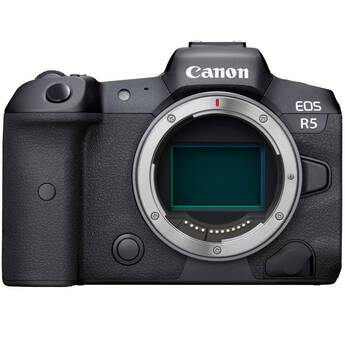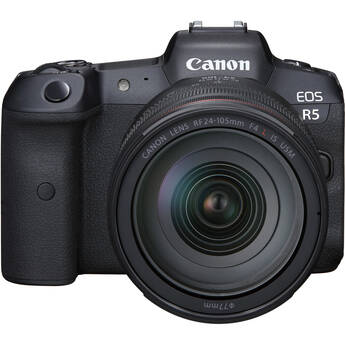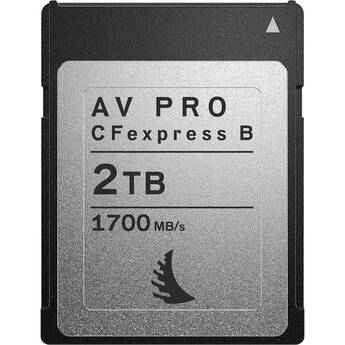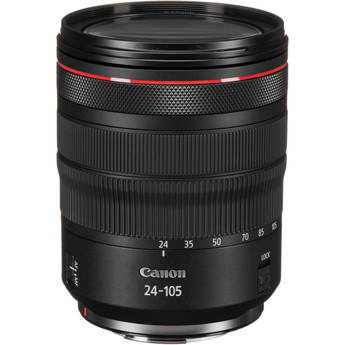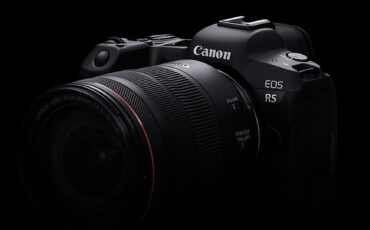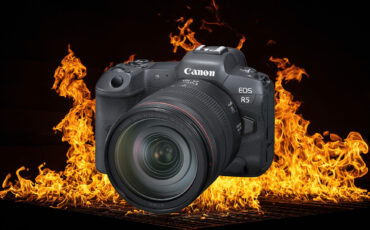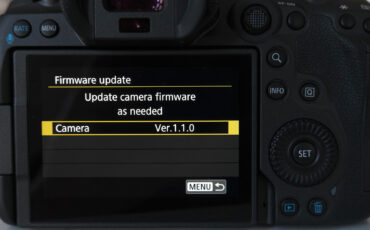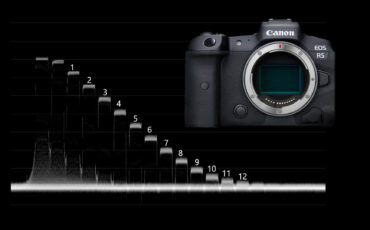Canon EOS R5 Review – Is Overheating a Thing of the Past?
Music Courtesy of Epidemic Sound
The Canon EOS R5 is already shipping and unless you were on the moon, you might have heard about the overheating and recovery time between camera shutdowns. With its latest firmware update, Canon is showing commitment to battle this phenomenon, but is it enough or any good during a real production scenario? I took the EOS R5 and simulated a very simple documentary filming day. Read on if interested in my findings.
The Canon EOS R5 Conundrum
I find the Canon EOS R5 to be an interesting camera. On one hand, it is a filming tool that many would love to explore and work with, but at the same time, causes a certain fear and uncertainty especially when it comes to “overheating” and “recording times”. Two things are for sure. First, it is an amazing technical wonder. A camera that could easily be considered as a true “game changer filming device”.
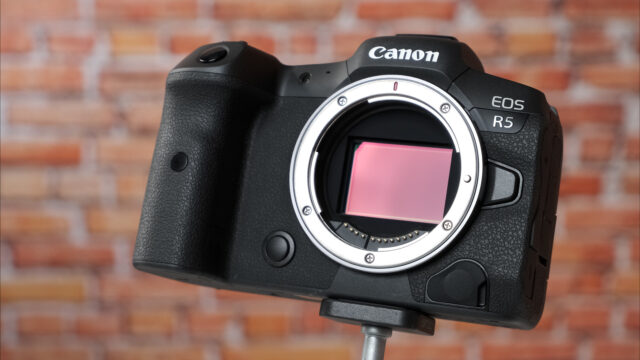
Secondly, something went awfully wrong with debuting the camera. Originally, the overheating issue and more importantly, the recovery time in which the camera can become functional again were very disappointing, to say the least. This all situation caused a stir in our little swamp and in my opinion, the (at times emotional) conversation featuring that topic is going to fade only when users will get answers satisfying their logic. This is why we approached Canon with the request to learn more and find out how does the manufacturer sees and treats the current state. Was Canon deliberately limiting the EOS R5 from recording extended times? Especially in 8k RAW, can real damage be done to the sensor or inner camera parts by prolonging recording times? To find out, please head to our conversation with Katsuyuki Nagai-san, Product Management Director of Image Communication Business at Canon Europe.
In any case, this is the era of “discoveries” and as such, it took very little time for some adventure pioneers to come up with workarounds allowing longer recording times WITHOUT hacking the camera.
Canon R5 C Ultimate Video Manual
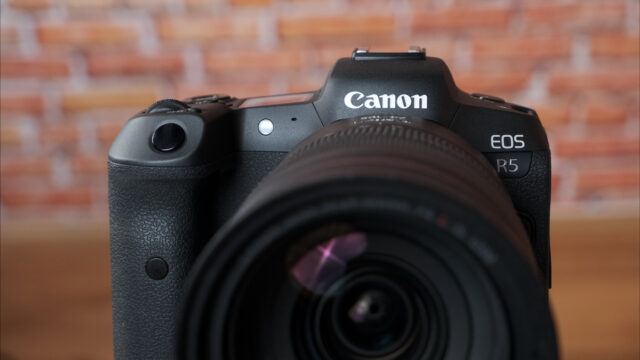
Canon EOS R5 and Firmware 1.1.0 Update
Canon obviously understood there is an issue here and rushed to come up with a new firmware update promising longer recording time and shorter recovery between takes. Will it satisfy everyone? Certainly not. Is it a big improvement over the previous situation? Absolutely yes. After working with the camera equipped with the updated firmware, I can safely say that the Canon EOS R5 is slowly but surely shaping up to become an amazing working tool. (Please note that since I’ve conducted my test, Canon has released FW version 1.1.1. This version behaves the same when it comes to battling the overheating issue).
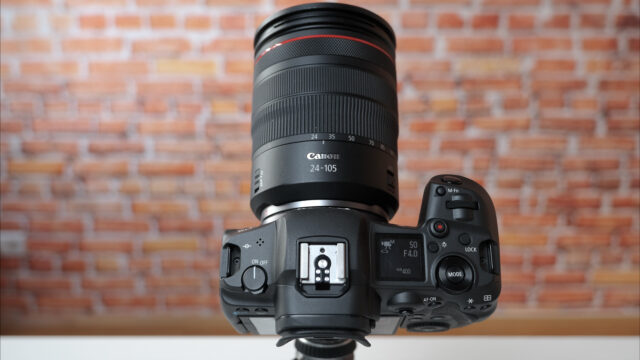
Canon EOS R5 – Flexible Filming Tool for non-Flexible Shooting Scenarios
Well, a bit of a bombastic title here which can serve as a conclusion for this review too, but please allow me to explain. While the camera is extremely flexible with choosing resolution/frame rates/codecs, the one thing that really needs to be taken into consideration is the subject of your filming. Not that we don’t do it anyway, but because of the nature of this camera and its ability to film in 8K RAW, this thing needs the extra attention because of the following reasons:
- Overheating – The new firmware allows the camera to record 20 minutes in one go. The recovery time is 10 minutes and then you will be able to record for another 10 minutes. This “recording/pausing” dance can continue for rather a long time with different recording/pausing times on each circle. In reality, this is not so bad as it sounds since we are pausing recording anyway while filming and those recording times refers to a single long take. Two major issues were fixed with the latest firmware. First, the camera is not starting to clock and calculate the recording time right after being switched on. The second, the camera can now “sense” its surroundings and unlike before, an external fan, for example, can help in reducing heat if necessary.
- CFexpress cards – Those produce heat too and affect the general inner camera temperature. In my testing, Angelbird CFexpress cards did best! It seems as if those are getting less warm than those I compared to (Sony’s Tough and SanDisk cards). The appearance of the overheating symbol was pushed back when filming with Angelbird CFexpress cards.
- Cards capacity – We said it before and I will write it again. Filming in RAW (or Canon RAW for that matter) can bring advantages and flexibility during post-production BUT the tradeoff is capturing very large video files while filming. I was equipped with four Angelbird CFexpress cards, 2TB, 1TB, 512GB, 256GB, and still had to pay the extra attention not to end up having full cards… So, if you plan to shoot in 8K RAW, either bring a sufficient amount of cards or, use the camera downtime to copy your material. (Personally, I prefer NOT to deal with copying/erasing cards while filming in order to avoid any mistakes but in this case, when cards are still expensive, it can be the case). Oh, and if you decided to copy cards on location, do yourself a big favor and use USB-C SSDs for the task, otherwise you might find yourself sleeping in your filming location waiting for that task to be done.
Canon EOS R5 – In the Field
So yes, overheating is still there and needs to be taken into consideration. And yes, this red blinking overheating warning symbol is not for the faint hearted people out there, but all in all, this camera is a marvel. The dual pixel autofocus works tremendously well and when filming in at 8K you might find yourself using it more often than not. The In Body Stabilisation System (IBIS) works like a treat allowing the operator to stand/walk/follow a subject relatively freely.
Now, last but not least. Many years ago I did the mistake of trying to adapt “big ENG camera shooting style” when working with DSLR cameras (meaning, building it to sit on the shoulder and on the way have plenty of accessories to go along with it). Those days I’m into the bare minimum, enjoying the freedom and intimacy those wonderful small yet capable filming mirrorless cameras bring to the filming set. And in this regard (compactness), not only that the EOS R5 feels the same, it is also taking it one step farther by allowing internal RAW recording without the need for an external device. Certainly, something to consider when traveling or wanting to be modest with equipment yet capable of producing high end images…
About the Video Above
I would like to thank Annamaria Kowalsky for participating in this video. She is a talented musician and artist operating from Vienna Austria. You can listen to some of her original scores by clicking here or explore her art by visiting her website. The above video was shot on Canon EOS R5 in 8K/25p DCI RAW. C-log, ISO settings: 400 (Native) to 4000. All handheld but the main interview and the slider shots. I mostly used autofocus on this piece. Color LUT by Lutify.me. Music taken with permission from epidemicsound.
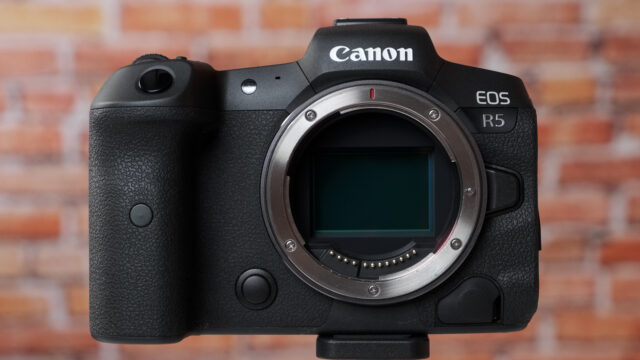
Conclusion
Almost two years to the date I took the then new Canon EOS R on a trip in India to film an Indian wedding. Fast forward for today, and the EOS R5 did a very long way since the introduction of the “R line”. Perfect it is not. Remarkable, yes it is. If you know ahead what you are filming, then this camera can prove to be a very useful tool. So now the question is “how can Canon make it even better?” Well, the answer is simple. Please don’t limit its capabilities. Those who need or like to shoot with bigger cameras will still be there to purchase Canon’s cinema line. But for filmmakers like me who endorse working with smaller tools, this might be the perfect solution. As already announced by Canon, the next EOS R5 firmware will bring the choice of selecting RAW data rate and I can only presume that filming in a lower data rate will allow longer recording times and this can certainly be an elegant way to enhance the camera functionality.
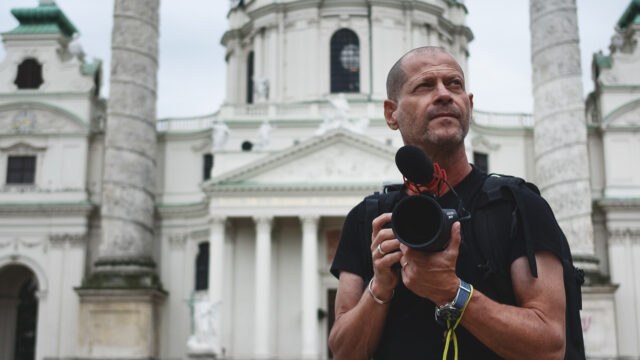
What do you think about the Canon EOS R5? Do you own one and did you have the chance of working with it? Besides overheating, did you encounter any other issues when filming with it? Please share with us your findings in the below comment section.
